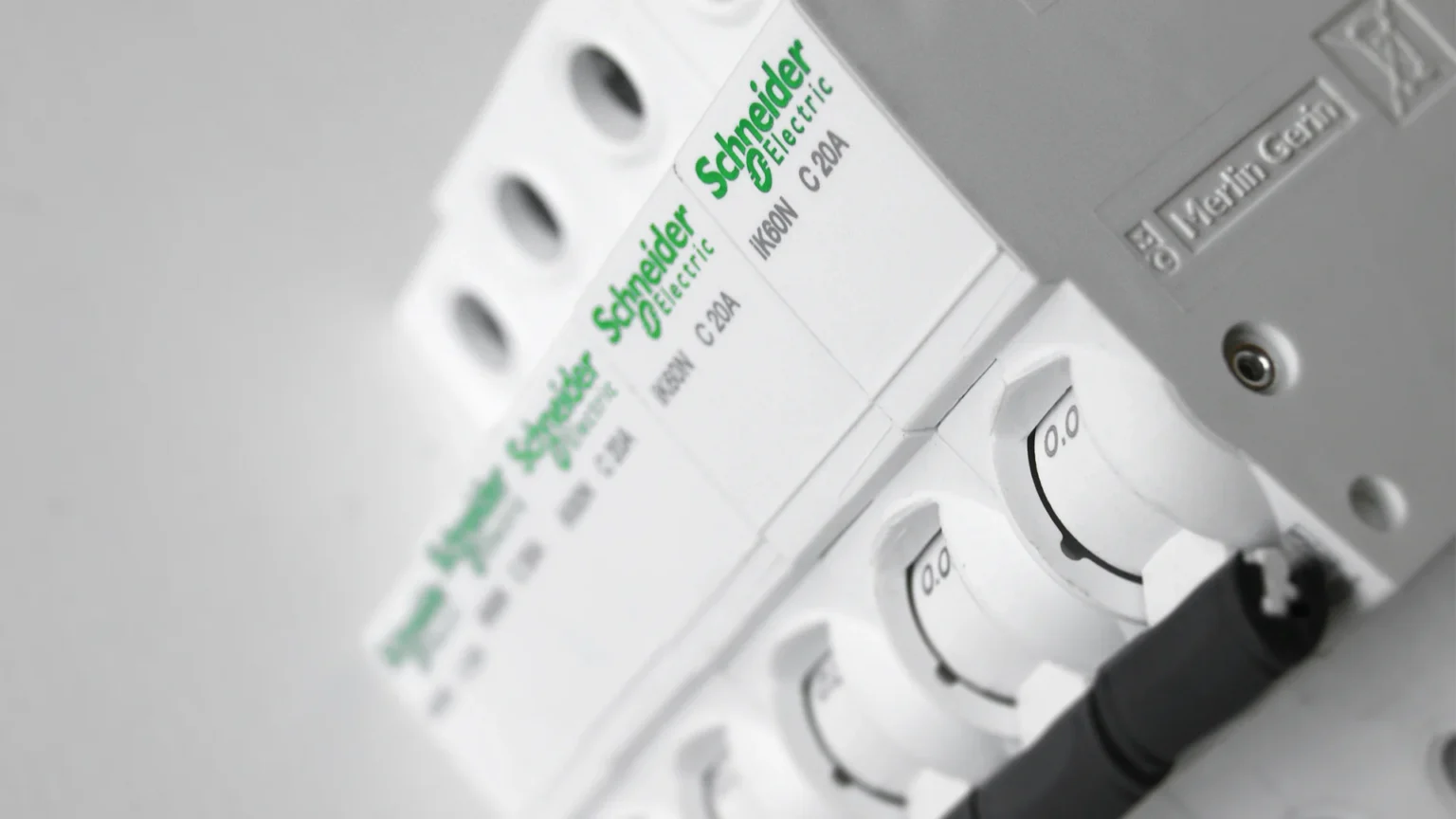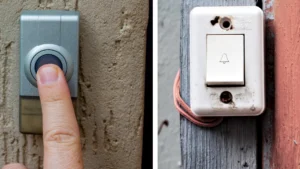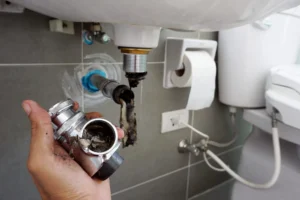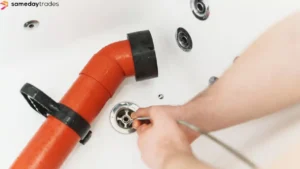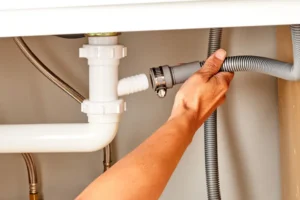Looking to move into a new home? Remember that checking the electrical safety measures is as important as ensuring a properly functioning electrical system.
And in the case of older homes, occasional examination of the existing measures is a must as they need to be in good shape to act during an emergency.
But before you move on to contact an electrical service for such jobs, it’s essential to understand what safety provisions you’ll need. Safety switches and circuit breakers are the most widely used electrical devices for this purpose. That’s why understanding the difference between the two and their applicability is of prime importance.
So, today we’ve come up with this guide on the topic to help clear your doubts. Let’s get going!
What Is The Difference Between A Safety Switch & A Circuit Breaker?
Before discussing the difference between these two electrical safety devices, we’d like to take you through the functioning of each unit. That way, you’ll be able to distinguish between the two types in a better way.
Function Of A Safety Switch
A safety switch is designed to monitor the current flow through any circuit and identify the imbalances in the neutral and live wires.
Such imbalances normally occur when the current travels through another object or an individual, potentially leading to electrocution. The safety switch is activated instantly in these situations and switches off the power supply to the circuit within 3/100th second.
Function Of A Circuit Breaker
Circuit breakers protect the electrical circuits, mostly in residential spaces. They work by detecting a temperature rise due to an overload in the circuit. The circuit is opened immediately in such circumstances, thereby stopping the electricity flow. Note that certain specialized types, such as GFCI circuit breakers, function by detecting a current imbalance.
What’s The Difference?
Though the differences between the two might appear insignificant at first, these are actually quite distinct from each other in their functioning.
While a safety switch protects an individual from being injured due to a shock besides shutting off electrical power in a circuit, a circuit breaker can’t prevent injuries.
Plus, the latter can only detect a current overload issue while the former can identify inconsistencies such as electrical leaks and short circuits. This implies you’re not entirely protected if you only depend on circuit breakers for electrical safety.
Thus, both the devices should be used to ensure total safety and complete coverage within any space. Note that a combination of the two is the most commonly chosen option as it occupies less space compared to when the devices are installed on their own. This results in a switchboard that’s less crowded and doesn’t affect other circuits in case of faults.
How To Know If One Is Installed In Your Home?
An easy way to ascertain whether there’s a safety switch and/or circuit breaker installed is to search for any writing or marking on the switchboard. Electricians generally mark above other switches or fuses for easy recognition.
But in case you don’t find any such writing or marking, check whether there’s any switch that has a test or ‘T’ button. If you’re able to locate such a switch, that’s your safety switch. There might also be combo devices that we discussed above.
But if you still aren’t able to identify any such device, you’ll have to call in professional electrical services to examine the switchboards. They’ll accordingly advise you on the existing electrical safety devices and what needs to be installed.
FAQs
Q1. Who can set up these devices?
Remember that electrical safety devices can only be installed by qualified electricians, as such jobs can’t always be completed safely using DIY methods. Attempting them all by yourself can even void your insurance.
So, if you feel you need to get some more safety switches and circuit breakers installed, get in touch with a certified electrician for the job.
Q2. Is regular testing of safety switches essential?
Yes, just having safety switches installed and forgetting about them isn’t the ideal practice. You need to be sure whether it will be activated during an emergency.
Notably, you can test a safety switch simply by pressing the Test button on it. The switch should ideally be activated, cutting the power supply to the circuit. And to reset the switch, you’ll just need to flick it back to the “ON” position.
Experts advise testing the switch every quarter when you receive your power bill, as that can be an efficient reminder.
Q3. Is one safety switch enough?
Installing a safety switch on the lighting and power point circuits is essential for new homes. But some older homes still aren’t protected by a safety switch or have coverage only on their power point circuit.
Safety regulators are now advising landlords and homeowners to install safety switches on every circuit, including air conditioning, hot water units, and lights. That way, residents can receive complete protection throughout.
Q4. What causes a safety switch to trip other than an overload?
A change in the electricity flow can cause a safety switch to trip and can be brought about by the following issues:
- Faults in the wiring
- Faulty appliances
- Water in the ceiling and walls
Final Words
We hope you’re no longer confused between safety switches and circuit breakers. It’s time now to get in touch with a reliable electrical service to have the safety provisions in your home checked thoroughly.
And if you sense a problem in any of the circuits, it’s essential to inform the experts regarding the same as well. That way, you can prevent a potential hazard and a trip in the circuit breakers or safety switches in the near future.
With that, we’ll sign off for today. See you next time with more such information!

